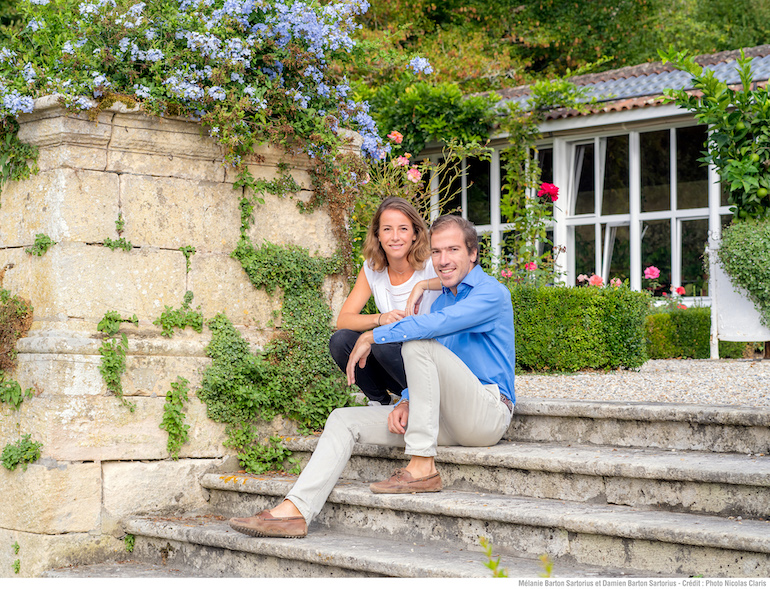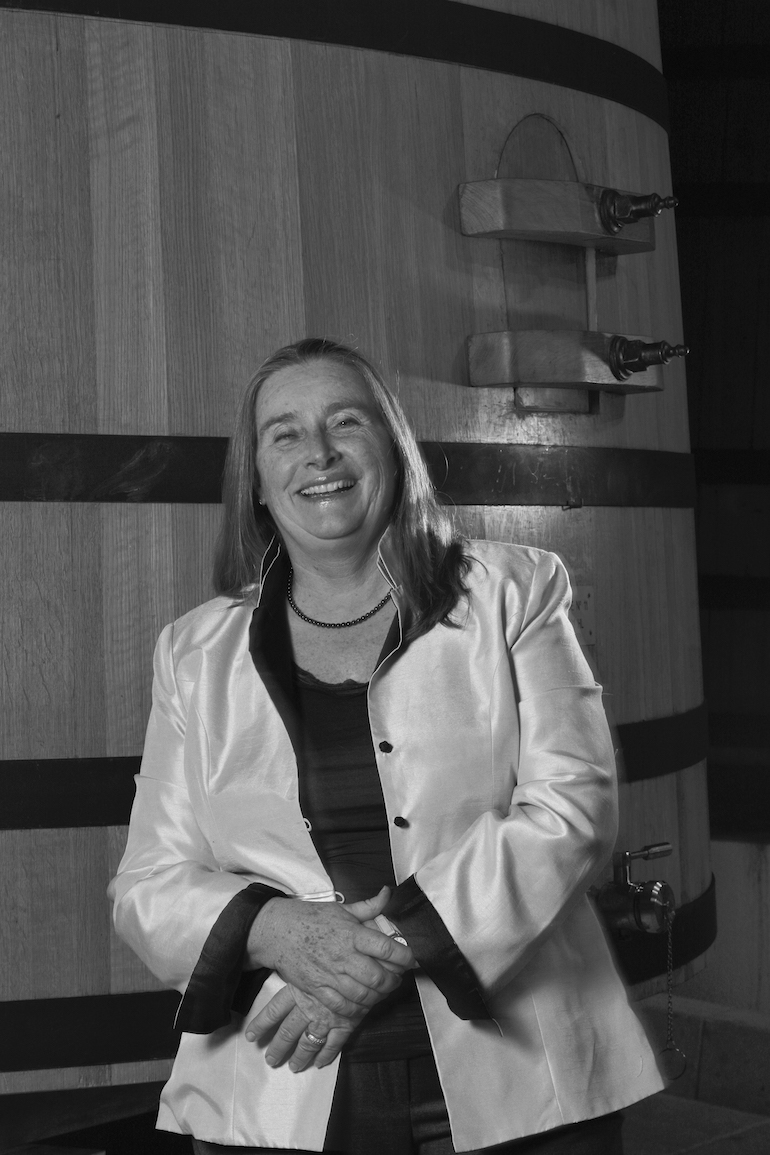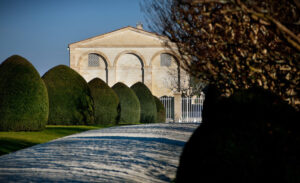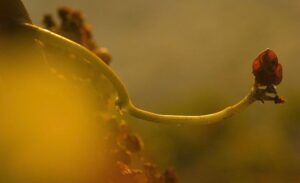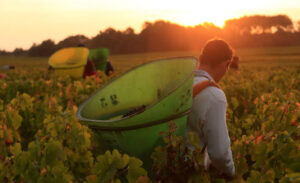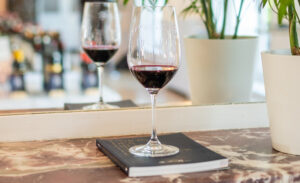Damien Sartorius, Château Leoville Barton
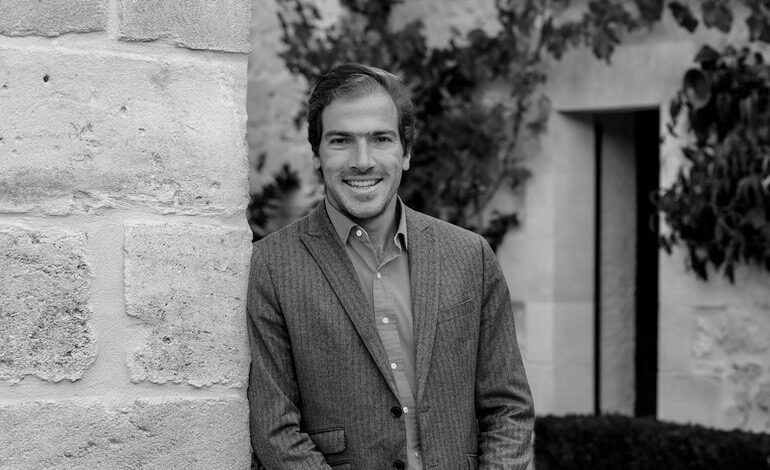

Leoville Barton 2016 has just been named Wine of the Year by the American magazine Wine Spectator, fifteen years after the last time a Bordeaux wine received such an accolade back in 2004. This provides the occasion to catch up with Damien Sartorius, grandson of patriarch Anthony Barton.
How would you describe the Saint-Julien appellation?
I need just three words to do so: homogeneity, elegance and freshness. Every Saint-Julien wine that I have ever tasted has possessed these three characteristics. Saint-Julien is also a lovely place to live, as it is small and most of the estates are family-owned, and this can be appreciated on a daily basis.
What are its pedological characteristics?
In Saint Julien, what counts most is the quality of the gravel soil! Several different ice ages deposited a multitude of different minerals over a period of 1,800,000 years. These are spread over two extensive plateaux separated by a small valley, more of a gulley actually, just below Château Langoa Barton. But Saint-Julien is not only just about the gravel soil, as clay in the subsoil in just the right amount and position also plays its important role, enabling the grapes to reach just the right amount of hydric stress and ripeness suitable for Cabernet Sauvignon. What’s more, the proximity to the Gironde estuary protects the vines from extreme climatic incidents.
Do you see the fact that Saint-Julien is one of the smallest of the appellations of the Médoc as an advantage or a handicap?
As the saying goes, small is beautiful. There are many reasons for that. It makes it easier when it comes to making decisions on the appellation level. There are only about fifteen representatives around the table during official meetings. We were, for example, the first to use sexual confusion in the vineyard throughout the appellation, also to limit the treatment needed to combat the problem of vine disease known as flavescence dorée to just the areas affected by it. The same goes for using GEA technology for the treatment of waste water. I recognize that scale of size can have an effect on notoriety, so we are not as well known as some other appellations nearby, but I like to believe that the consistency of quality in our Saint-Julien wines will prevail in the long term!
At Léoville Barton, what is your approach for respecting and expressing its specific terroir?
At Léoville Barton, the dominant expression comes from the Cabernet Sauvignon planted on our gravel soils. Our wines tend to be at first tight, a bit serious in manner, but have aromatic and textural precision as well as length on the palate, thanks to their fine-grained tannins. To this tightly woven lace provided by the Cabernet Sauvignon is added a bit of fleshy roundness brought by the Merlot cultivated in the lower parts of the plateau. No Petit Verdot is used. The vinification process is quite classic with just the right amount of remontage or pumping over. With ripe grapes coming from such a great terroir, there really is not that much to do in the cellar. No originality is needed.
In just a few words, how do you think a Saint-Julien wine should be best appreciated?
While possessing innate delicacy and finesse, a Saint-Julien proves versatile thanks to its density. Enjoyed on its own in lighter vintages, or served with powerful dishes for the others, Saint-Julien wines always possess the resources to adapt to the occasion. But as with all great wines, they are meant to be shared.
